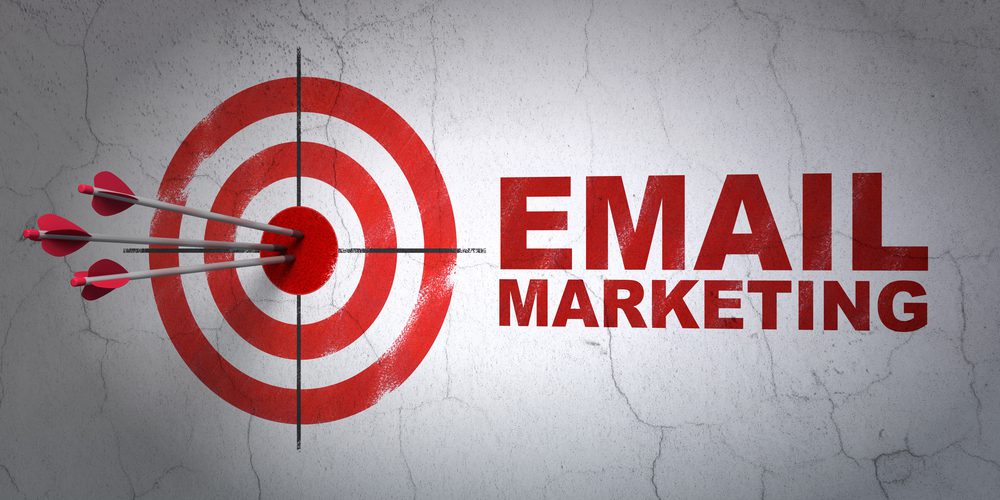Ever wonder why you get so much spam in your inbox? It’s because even now in the age of social media, email marketing is still an incredibly powerful and profitable way to generate sales. Nearly everyone has email and checks it at least once a day. If unsolicited spam emails are generating profits, imagine how much more value comes from building a targeted list of email addresses for your particular niche of products. Targeted email marketing can generate a lot of sales when launching a new product or offering a discount on an existing product. You can also notify existing members about new content so they know you are improving your site for them.
Unfortunately, many merchants aren’t taking advantage of email marketing yet, either because they’re not fully aware of its power or didn’t realize how easy it is to get started. If you haven’t already built a mailing list, read on. We’ll outline some simple and effective ways to build and leverage your mailing list to foster your members’ engagement with your site while bolstering sales.
Build your list
Don’t be tempted to buy an email list. Those lists rarely contain email addresses that are as active and focused in your niche as those you gather yourself. Instead, build your list from scratch. It’s worth the time to build a quality list rather than inflating it with worthless addresses.
Start by adding an opt-in form to your site that collects email addresses. Entice visitors to subscribe by offering incentives such as free samples, discounts, additional information, etc. Make sure it’s easy to unsubscribe at any time and make it clear that you will not spam.
Third party help is easy and inexpensive
There are plenty of online tools, such as Constant Contact, MailChimp, HubSpot, etc., for creating custom emails and tracking who opens them. This lets you periodically remove inactive subscribers to keep your list fresh. Done correctly, your emails can be laser-targeted to make each recipient feel like you are solving a problem relevant to them individually.
Side note: if you sell your products through sites such as Amazon, you may be frustrated to find out that they own your customer list and can market to its members without your permission. However, not every e-commerce platform does this. Make sure you understand your specific arrangement. Protect your list and be sure that it is used responsibly and it can pay dividends for many years.
Generate feedback and build trust
You can use your list to survey your customers and find out what they like and don’t like. Then you can design new products based on specific feedback and reach out to customers to let them know you heard them and took action based on their needs.
The number of subscribers you have can also help to let you know how well you are doing at communicating. As your list grows, you can gradually build a reputation as an expert in your industry or niche. This can lead to other benefits; for example, your elevated profile could signal other key players in the industry to seek partnerships with you; including affiliate opportunities for leveraging your mailing list to earn referral revenues for other similar products.
Encourage sharing of offers
To promote sharing of your content, consider including promo codes or coupons, along with links that make it easy to share the discounts through social media. Incentivize the people receiving the share to also sign up to your list. There are some great tools out there that can help you find ways to build your list more effectively such as Opt-in Monster, which includes ways to A/B test and learn which methods work best to get people signed up quickly and easily.
The fine print
Of course, before you can begin using your mailing list, you need to make sure members are aware that you will be sending communications and/or offers to the email addresses they provided. Make sure your websites’ terms of service and privacy policy outline exactly how you intend to use your members’ emails. In addition, any emails you send must comply with the CAN SPAM Act in the US and E-Privacy Directive (to be replaced by the GDPR in 2018) in the EU, or the local laws in the specific regions where your members are located.
E-mail marketing can help you capture additional revenue and expand opportunities to grow your business. It’s worth getting started right away!
Of course, this article just scratches the surface of what you can do. How are you taking advantage of e-mail marketing? Please let us know in the comments.



